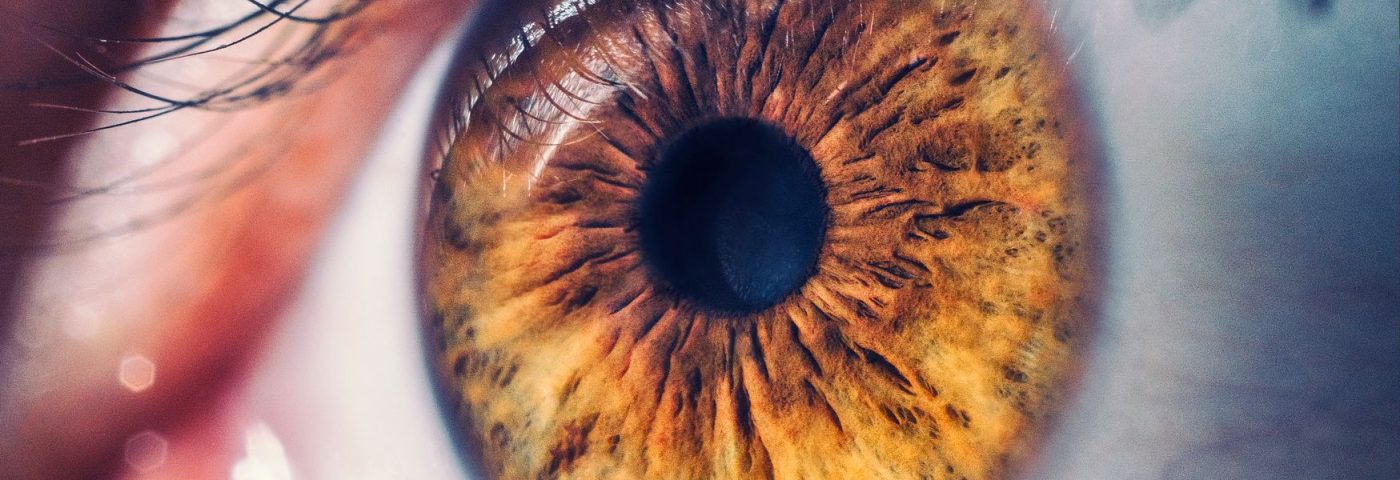Herpes zoster ophthalmicus (HZO), which is a common cause of neurotrophic keratitis (NK), was associated with eye complications and a loss of vision, a study reported.
The analysis found older age, poor vision, Caucasian ethnicity, and eye inflammation (uveitis) to be risk factors for moderate vision loss due to HZO, scientists said.
The results,“Long term complications and vision loss following herpes zoster ophthalmicus,” were published in the journal Investigative Ophthalmology & Visual Science and presented at the 2020 Association for Research in Vision and Ophthalmology (ARVO) meeting.
NK is caused by any condition affecting the main nerve — trigeminal — that connects to the cornea. Damage to this nerve leads to reduced cornea sensitivity and the breakdown of epithelial cells that cover the cornea, which is the transparent covering at the front of the eye.
HZO is one of the most common causes of NK, which is triggered by the reactivation of the herpes zoster virus affecting the trigeminal nerve and the eye. Symptoms of HZO include a rash of the forehead with swelling of the eyelid, eye redness and pain, increased pressure within the eye, and vision loss.
To better understand the consequences of HZO and the risk factors for vision loss, scientists at the University of Auckland in New Zealand reviewed the medical records of 869 people with HZO.
The median age of participants was 65.5, of whom 52.6% were male, and 71.5% were Caucasian. The mean follow-up was 6.3 years. Of the patients, 102 (11.7%) had diabetes and 83 (9.6%) had immunosuppression, which is reduced activity of the immune system.
The team found corneal involvement in 445 participants (51.2%); inflammation affecting the middle layer of tissue in the eye wall (uveitis) occurred in 413 patients (47.6%). In 76.1%, conjunctivitis was present, which is inflammation of the membrane (conjunctiva) that lines the eyelid and covers the white part of the eyeball.
Corneal scar developed in 151 (15.4%) patients, NK in 58 (6.7%), corneal melting (breakdown) was observed in 22 (2.5%) and corneal perforation (open injury) in five (0.6%).
Impairment of the cranial nerve, which can limit eye movements or cause double vision, was found in 30 (3.5%) patients, damage to the optic nerve (optic neuropathy) occurred in 15 (1.7%) participants, and three (0.3%) had proptosis, a protrusion of the eyeball.
Systemic antiviral therapy was prescribed for 765 patients (88.0%) and was given within three days of rash onset in 468 subjects (54.9%). Topical steroid use was required in 437 participants (50.4%).
Elevated pressure within the eye, defined as greater than 24 millimetres of mercury (mmHg, with normal being 10 to 21 mmHg), occurred in 169 subjects (19.5%), but only 33 patients developed glaucoma (damage to the optic nerve).
A total of 551 recurring eye problems were observed during the study, with at least one recurrence in 200 patients (23.0%).
The median final visual acuity was 6/7.5, which is slightly less than the optimum 6/6 (or 20/20 in the U.S., measured in feet). Of note, 20/20 vision is what an average individual can see on an eye chart standing 20 feet away.
Moderate vision loss, defined as less than 20/50, was found in 169 eyes (19.8%), of which 83 (9.6%) were due to HZO. Severe vision loss, less than 20/200, occurred in 65 eyes (7.6%), of which 31 (3.6%) were due to HZO.
A statistical analysis of the data found older age, Caucasian ethnicity, poor visual acuity at presentation, and uveitis were associated with an increased risk of moderate vision loss due to HZO. For severe vision loss, significant risk factors included older age, immunosuppression, poor-presenting visual acuity, and uveitis.
“HZO is associated with a high rate of complications and vision loss,” the researchers wrote.

